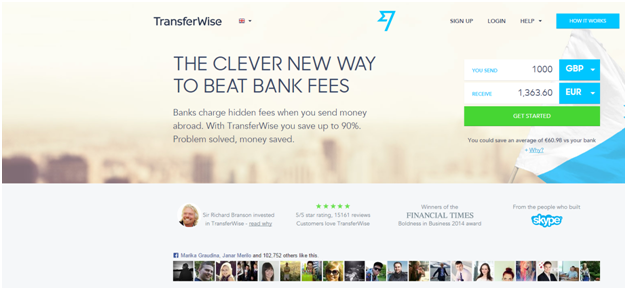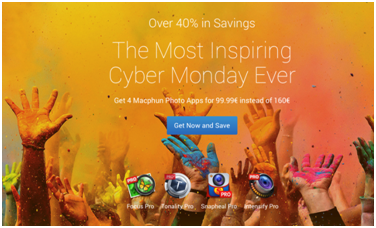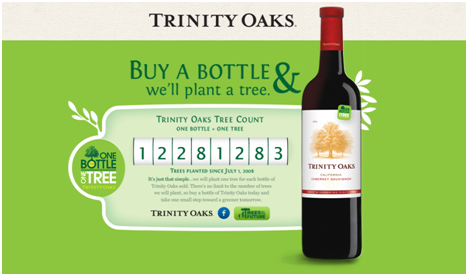
Very few of us who remember the theory behind Buyer Modalities and how that affects our sales; even fewer of us know how to use the theory to improve the conversion rate.
This article details 4 buyer modalities and how they can be used to rocket your sales.
The general rule of thumb in online marketing is to follow a general strategy, and then do a lot of testing and tweaking to see what works best. With such emphasis put on empirical knowledge, the theory is often dismissed as irrelevant and left only for the fanatics to study.
Still, there’s a fair share of theoretical knowledge to be used in real, profitable marketing. One of the most valuable lessons theory can teach you is about properly assessing your audience, in order to tweak your marketing material to perfection.
Introducing – buyer modalities and their synergy with exit overlays.
The term was coined by brothers Bryan and Jeffrey Eisenberg, in their book “Waiting for Your Cat to Bark”. It refers to four distinct buyer types, characterized by the speed at which they make decisions and the hemisphere that plays the dominant role in this process. These four groups are:
- competitive,
- spontaneous,
- methodical
- and humanistic.
Exit overlays, on the other hand, are as old as e-commerce.
What used to be annoying pop-ups that asked you 10 times “DO YOU REALLY WANT TO LEAVE THE PAGE”, are now smart algorithms that take into account the activity in the tab, cursor movements and time. Then they light up a less intrusive personal message.
So how 4 buyer modalities and exit intent overlays can be tied together to improve sales?
Keep reading!
Why You Should Care

The concept of breaking down your audience into segments isn’t a new one. While most sales guides talk about general situations, where your audience is a mixture of all four buyer modality groups. Your case is most probably very different.
In other words, if you have an idea what your buyer is like, you can easily pinpoint them in one of the four buyer modality groups and customize your message accordingly.
As you shouldn’t measure the intelligence of a fish by its ability to climb trees, you shouldn’t be selling hiking gear at a paraplegic conference.
Below you will find the general characteristics of the four groups.
Competitive
These are the sharks, who quickly see through the smoke, making informed decisions in very little time. They value logic and facts, and they’ve most probably done their homework.
The competitive buyer will notice any inefficiencies that eat up their time.
Those big whites will spend money, but they will make sure that they’re doing it at one of the best places possible.
You won’t sway them with discounts; show them truthfully why your product is the best one out there.
Try to imagine this mindset – you are playing a game where you have to find a specific product at the best price, with the best terms and best customer service and feedback. Finding a coupon and going to Wal-Mart to get it is out of the question. And now imagine that it’s not a game; it’s the way you tick.
It is estimated this group makes up about 10% of the population. It might not seem much, but no product is built for everyone.
Methodical
The largest group of the bunch is The methodical buyers – about 45%.
You should keep in mind that the 4 distinctions are not clear cut. There are bound to overlap. Although this might seem to you that the methodical buyer is a generic buyer you have to understand how this group is different and act accordingly.
The methodical buyer is the researcher. He will check your testimonials and he will compare your offer to the ones of your competitors.
The mistake marketers often make is that they neglect the methodical buyer if they don’t fully believe in their product.
Yes, they are logical and you will not close the deal with pictures of puppies and girls (or guys) in swimsuits. The asking price is not the only factor that matters to them. As you’re selling over the internet your track record is important, the logic behind the superiority of your product is crucial and the way you convey those messages will make you money.
Exit intent popup is perfect to get your message across:
- Be Honest
- Offer reliable testimony (preferably clickable)
- Show hard numbers

Spontaneous
The spontaneous buyer might be the most interesting one to sell to because you have to stay interesting and creative.
There are a lot of spontaneous buyers – up to 35% by some estimates.
Furthermore, everyone makes a spontaneous purchase now and then.
If you think of a person’s personality and behavior as a struggle between an instant gratification monkey and a rational logical decision maker, the spontaneous buyer exists when the instant gratification monkey takes over.
Not to bash over 2 billion people (35% of the 7 or so billion people in the world), it’s completely natural to have a rush after buying something you need. Whether the buyer knew about the need beforehand is a matter for another article.
The similarity between the spontaneous buyer and the competitive buyer is that they make decisions quickly. And that’s where the commonalities end.
There is no better way to create an urgency than with the exit intent popup.
The competitive buyer will want to see that your product is not overpriced, have a reliable brand and is trusted; however, you will reel in the spontaneous buyer with appealing to him emotionally:
- showing how the product is fun,
- is used by people like him
- how will the product make him feel.
A tool you should definitely consider for the spontaneous buyer is exit overlay. Exit overlays make great use of offers with deadlines and can be adaptable to the potential clients’ preferences.

Humanistic
The last but not least is the humanistic buyer.
The humanist is a very interesting and somewhat counterintuitive being.
The best way to explain them is that they take some kind of emotion as a foundation and then build their logic and shopping habits on top of it. Humanistic buyers care about the people around them, about the environment and anything that might need protection.
By Today’s estimates, this group is about 10%. The surprising thing is that this group might be growing in numbers as is the relatively new phenomenon of socially responsible shopping – a way a consumer aligns his values with a brand.

Summary of Buyer Modalities?
All in all the buyer modalities is a neat framework that will help you understand who you are selling to and how should you do it.
The intuitive guess is that exit overlays work only for the less logical buyer modalities – humanist and spontaneous, however, that is wrong.
When you understand how your potential customers think, you can tailor a message that will convince them to stay.
The trigger for exit overlay can be subtle so the move doesn’t seem desperate to those calculating methodical buyers.
- The worst case scenario is you try to sell your product in a way that everyone is put off by some detail.
- The best case scenario is you come up with a way to appeal to several types, most probably by focusing on one dimension of the matrix.